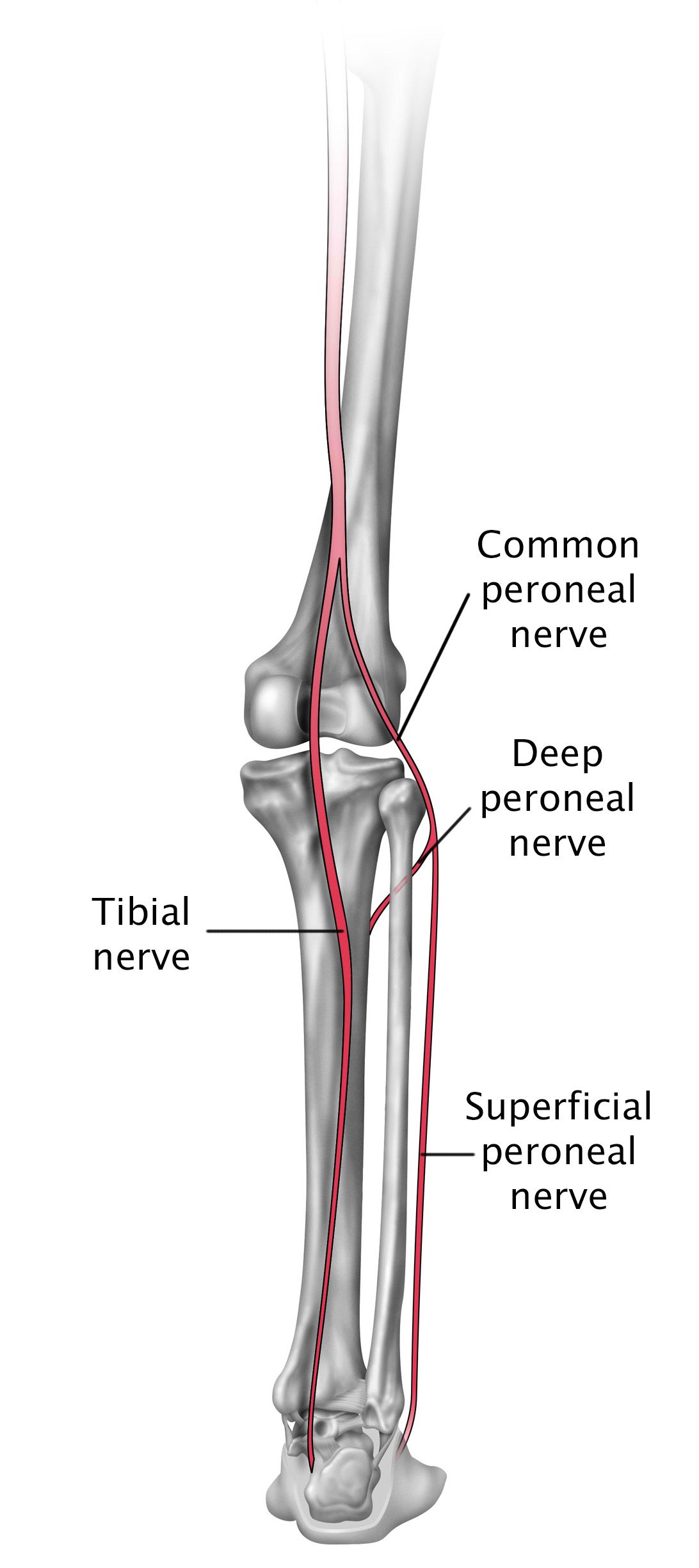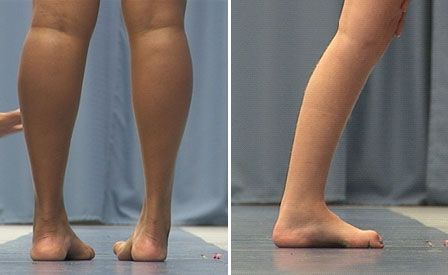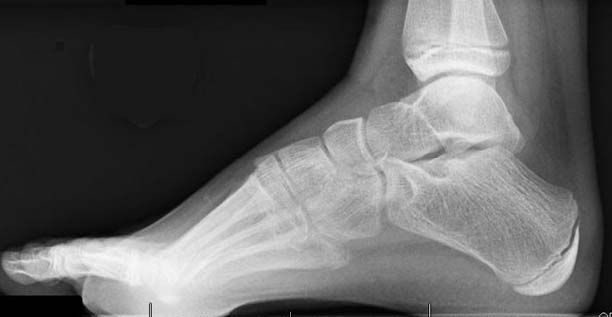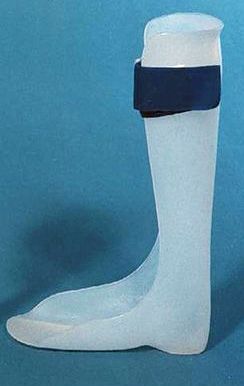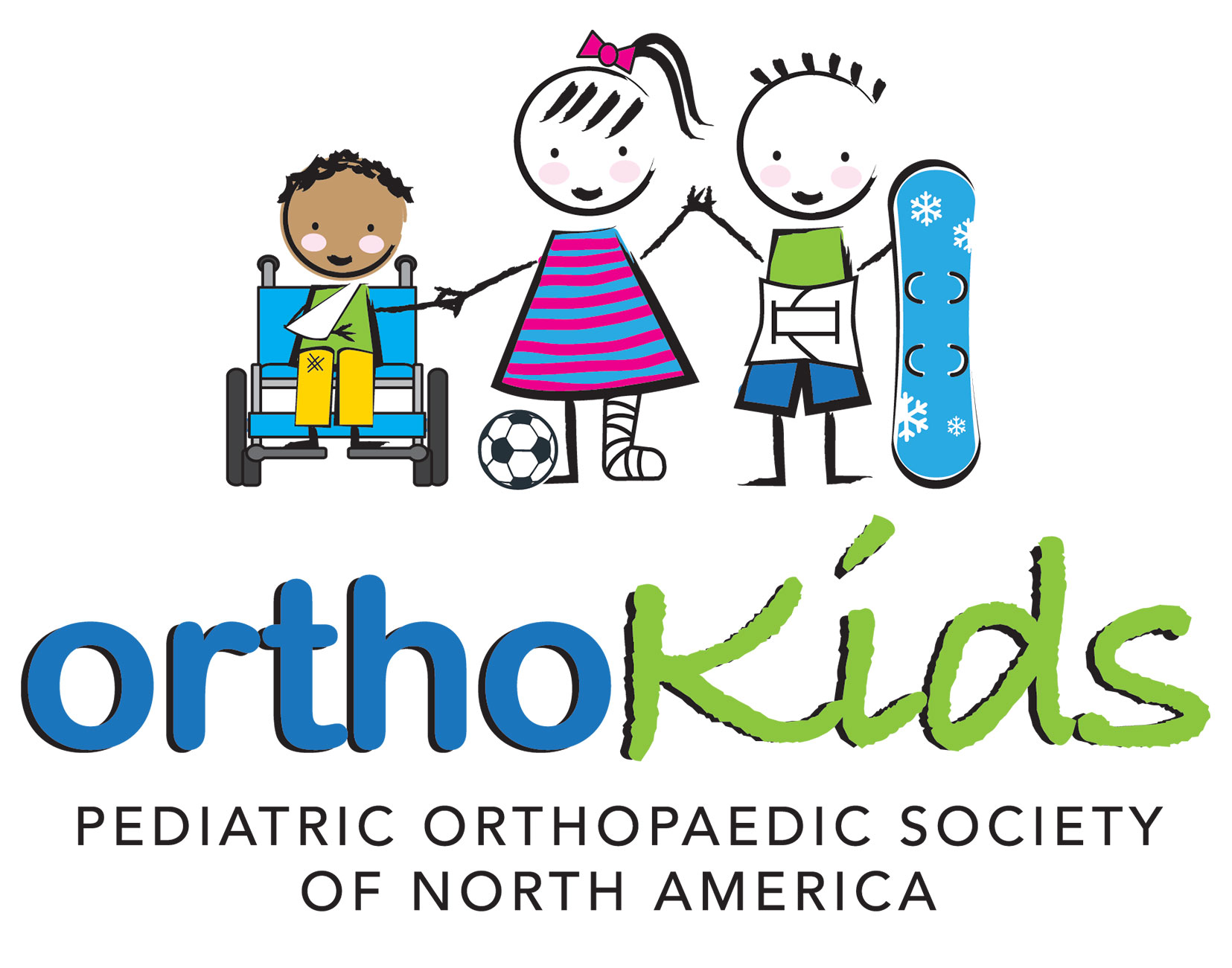Diseases & Conditions
Charcot-Marie-Tooth Disease
Charcot-Marie-Tooth disease is a group of disorders that affect the peripheral nerves — the nerves that carry messages between the brain and muscles throughout the body. It is named after the three doctors who described it in 1886: Jean Martin Charcot and Pierre Marie in Paris, and Howard Henry Tooth in Cambridge, England. Charcot-Marie-Tooth disease is also sometimes referred to as hereditary motor and sensory neuropathy (HMSN) or peroneal muscular atrophy.
All types of Charcot-Marie-Tooth disease (CMT) cause degeneration (damage that gets worse over time) of the peripheral nerves, leading to muscle weakness and some loss of sensation in the arms, legs, hands, and feet. These symptoms often first appear during adolescence or early adulthood, but they can develop later in life, as well.
Symptoms vary greatly among people with CMT, and usually begin in the feet and legs. As CMT progresses (gets worse), it can cause deformities in the bones of the feet, such as hammertoes and high arches. Without treatment, walking may become difficult.
Although there is no cure for Charcot-Marie-Tooth disease, there are many treatment options and assistive devices to help people manage physical challenges and lead fulfilling lives.
Cause
Charcot-Marie-Tooth disease is an inherited disorder, which means it runs in families. Therefore, people with a family history of CMT have a higher risk of developing the disease.
Most types of CMT are caused by defects in genes that affect two specific parts of nerves: axons and myelin.
Nerves travel from the spinal cord to the arms and legs, reaching distant parts of the body through long, thin extensions called axons. Information from the brain is carried along axons via electrical impulses. Myelin is a tissue that covers and insulates axons. Axons wrapped in myelin conduct signals more quickly than nerve cells that are not wrapped in myelin.
In Charcot-Marie-Tooth disease, gene mutations disrupt the function of either myelin or axons. This slows the signals to and from the brain. Muscles that do not receive normal nerve signals get weaker over time.
Although most people with CMT have inherited the disorder, there are some cases of gene mutation that occur spontaneously — meaning neither parent has CMT, and a gene mutation occurs when the child is conceived that causes the child to have CMT. These spontaneous instances of CMT can also be passed along to future generations.
Symptoms
Symptoms vary depending on both the type of CMT a person has and the severity of their disease. In general, symptoms fall into three major categories:
- Muscle weakness
- Bone deformity
- Loss of sensation
Most people first notice CMT symptoms in their feet and legs. This is a slowly progressive disorder, meaning it gets worse gradually. Over time, symptoms may also affect the hands and arms.
Muscle Weakness
Weakness in the muscles of the foot, ankles, and lower leg can result in a foot drop, which is the inability to dorsiflex the foot (bend it upward toward the shin) and hold the foot horizontally (parallel to the floor) when walking. This results in an abnormal "steppage" gait. People with a steppage gait tend to lift the affected leg higher as it swings through to allow the foot to clear the floor. Trips and falls become more frequent.
In addition, the muscles in the lower leg may atrophy (become smaller), which can cause the lower leg to appear quite thin. This is sometimes described as a "stork leg" appearance.
You may first notice hand weakness as deterioration in handwriting or clumsiness and dropping things. The muscles in the hands may also atrophy (shrink).
Bone Deformity
Weakened muscles lead to muscle imbalance, and bones may not be supported in a normal position. In the foot, muscle imbalance can lead to bone deformities like hammertoes and high arches.
Less commonly, more severe cases of CMT can affect the muscles closer to the center of the body. The muscles supporting the hip can be affected, resulting in hip dysplasia. Muscle imbalance in the abdomen and back could result in curvature of the spine (scoliosis).
Loss of Sensation
People with CMT often lose some sensation (feeling) in their feet and hands. The lack of feeling may affect a person's ability to feel normal pain. As a result, minor injuries, such as a blister on the toe, may become infected without notice.
Although Charcot-Marie-Tooth disease typically does not cause pain, it may lead to numbness or tingling.
Doctor Examination
If your or your child's doctor suspects Charcot-Marie-Tooth disease, they may refer you to a neurologist for a more comprehensive evaluation.
Patient History and Physical Examination
During the first appointment, your or your child's doctor will:
- Ask you to describe the symptoms. Tell the doctor if anyone in your family has ever had similar symptoms to the ones you or your child are having.
- Discuss your or your child's general health and past illnesses.
- Perform a physical examination, during which they may check for the most common signs of Charcot-Marie-Tooth disease, including muscle weakness (decreased muscle bulk and difficulty with certain tasks), decreased deep tendon reflexes, bone deformity, and sensory loss.
The doctor may order tests to help determine the exact cause of your symptoms, including:
- X-rays. X-rays provide clear images of bone. Weightbearing foot X-rays (X-rays taken while the person is standing and putting normal weight on the affected foot) can show how serious the deformity is. X-rays may also be ordered to check for scoliosis or hip dysplasia, conditions that occur less often than foot problems in people with CMT.
- Nerve conduction and electromyography studies. These tests can determine how well the nerve is working. During a nerve conduction test, the nerve is stimulated in one place, and the doctor measures the time it takes for there to be a response. Electromyography tests the responses of muscles to electrical stimulation.
- Genetic testing. Laboratory blood tests can check for more than 100 gene mutations that cause the various subtypes of CMT. Although it is the most definitive test for the disease, genetic testing cannot identify all cases of CMT.
Treatment
There is no cure for Charcot-Marie-Tooth disease. However, there are many treatment options to help you or your child manage the effects of the disorder.
Several medical specialists are typically involved in the ongoing care of people with CMT. These include orthopaedic surgeons, physical therapists, occupational therapists, orthotists, and podiatrists.
Nonsurgical Treatment
Physical therapy. Specific exercises to improve muscle strength and flexibility will help you or your child maintain mobility and independence. A physical therapist can develop a program that includes:
- Strengthening exercises
- Stretching
- Muscle endurance activities — such as low-impact aerobics and swimming
Assistive devices.
- Braces, such as ankle-foot orthoses (AFOs), can support the feet in proper position and address gait problems, such as foot drop.
- Custom-made shoes and shoe inserts can help to fit high arches or hammertoes.
Occupational therapy. Over time, people with CMT may develop hand and arm weakness. Typical daily activities, such as fastening buttons or writing, can become difficult. An occupational therapist can:
- Provide a program to help you or your child maintain fine finger movements
- Offer assistive tools to help you or your child accomplish daily activities
Foot care. Sensory loss in the feet can allow small blisters or sores to progress to a serious infection in a short time.
- Inspect your or your child's feet daily for any problems.
- Choose well-fitting shoes.
- See a podiatrist to remove calluses that may develop due to foot deformities.
Medication. Although CMT causes loss of sensation, some patients have pain due to nerve damage or muscle cramping. Your or your child's doctor can prescribe medication to help relieve these types of pain.
Surgical Treatment
Your or your child's doctor may recommend surgery to correct foot deformities. Procedures to straighten toes or lower arches can help improve foot positioning and relieve pain. Surgery can also help address shoe-wear problems.
Although surgery can address bone deformity, it cannot improve muscle weakness or sensory loss.
Outcomes
Charcot-Marie-Tooth disease progresses (gets worse) slowly over time. Symptoms may worsen even with proper treatment and the patient's best efforts. Although many people have emotional assistance from family and friends, support groups are available to help people with CMT and their families cope with the progressive nature of the disorder.
In addition to organized support groups, people with CMT can also turn to medical professionals for support. Doctors, physical and occupational therapists, and assistive technology professionals are excellent resources for helping you or your child manage and live with the disorder.
Genetic counseling is also recommended to help patients understand the inheritance pattern of their condition and assist with family planning.
AAOS does not endorse any treatments, procedures, products, or physicians referenced herein. This information is provided as an educational service and is not intended to serve as medical advice. Anyone seeking specific orthopaedic advice or assistance should consult his or her orthopaedic surgeon, or locate one in your area through the AAOS Find an Orthopaedist program on this website.







